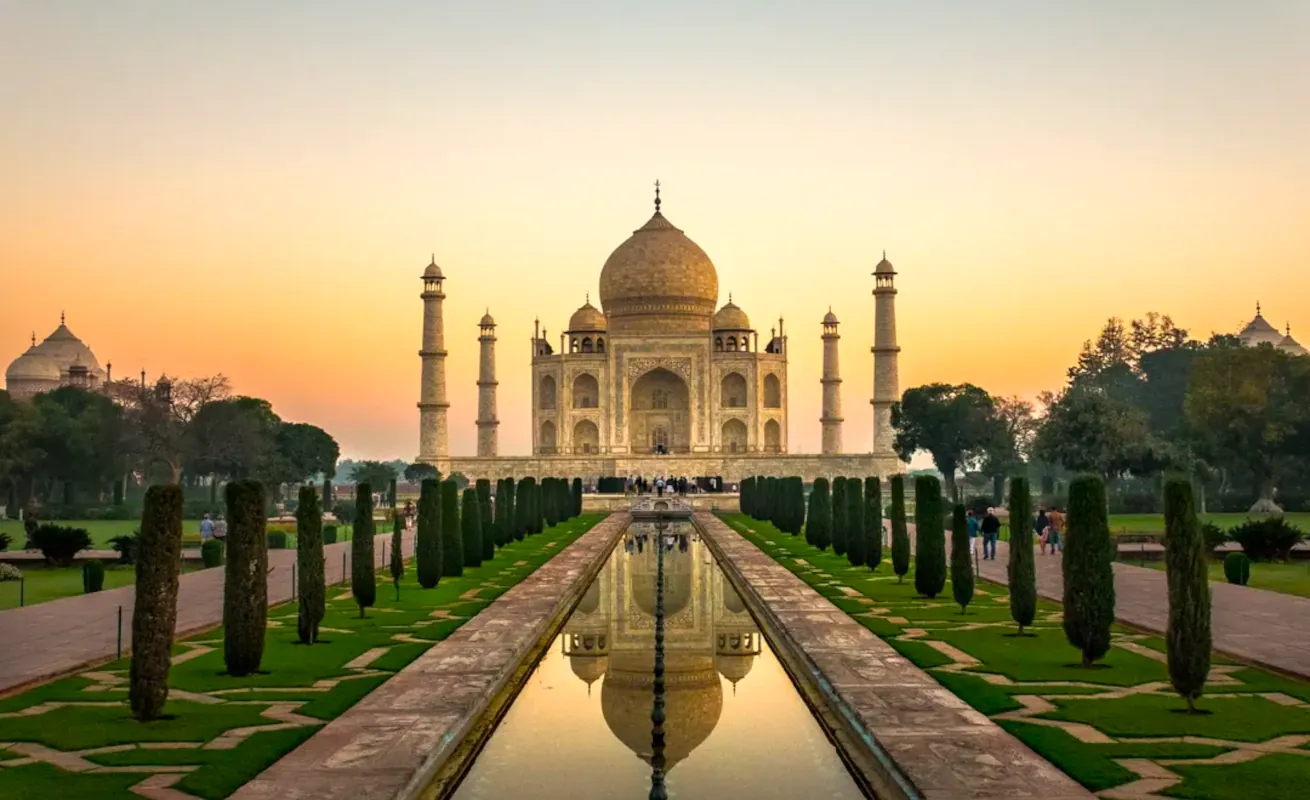India
India, a land of timeless diversity, is where ancient traditions meet living heritage. From the snow-capped Himalayas to the vibrant plains, the country’s cultural fabric is woven from thousands of years of history, spirituality, and artistic brilliance. In the Himalayan belt—Kashmir, Ladakh, Himachal Pradesh, Uttarakhand, Sikkim, and Arunachal—the landscapes are not only breathtaking but also home to cultures shaped by mountain life, faith, and resilience.
Spiritual and Religious Legacy
India is the birthplace of four major world religions—Hinduism, Buddhism, Jainism, and Sikhism—each leaving a profound mark on its heritage.
- In the Himalayas, sacred rivers like the Ganges and Yamuna originate, revered as lifelines of Indian spirituality.
- Temples such as Kedarnath and Badrinath in Uttarakhand and monasteries like Thiksey in Ladakh or Rumtek in Sikkim embody centuries of devotion.
- Sikhism, with its roots in Punjab, radiates through the Golden Temple of Amritsar, a beacon of equality and service.
- Beyond this, India has embraced Islam, Christianity, Zoroastrianism, and Judaism, creating a land where mosques, churches, synagogues, and temples coexist.
The Himalayas, in particular, stand as a spiritual frontier where seekers, saints, and pilgrims continue to journey for peace and enlightenment.
Architectural Marvels of the North & Beyond
India’s architectural brilliance spans dynasties and regions:
- Himalayan Heritage: Wooden temples of Himachal, stone-carved shrines of Uttarakhand, and fortress-like monasteries of Ladakh and Arunachal showcase a unique mountain aesthetic shaped by terrain and spirituality.
- Across India: The Taj Mahal, Rajasthan’s forts, Khajuraho’s sculptures, Konark’s Sun Temple, and South India’s towering gopurams all reflect India’s unmatched creativity and craftsmanship.
Together, they represent a living museum of India’s civilizational journey.
Arts, Music & Dance
The arts of India are deeply entwined with spirituality and storytelling.
- Classical traditions: Bharatanatyam, Kathak, Odissi, Manipuri, Kathakali, and Kuchipudi—each region narrates mythology through movement.
- Music: Hindustani ragas of the north and Carnatic rhythms of the south remain timeless, while folk forms like Ladakhi songs, Garhwali ballads, and Himachali natti dances thrive in Himalayan valleys.
- Instruments like the sitar, tabla, veena, and damphu echo both ritual and celebration.
These traditions, handed down generations, remain integral to daily life.
Festivals: A Year-Round Celebration
Festivals in India are a living reflection of faith and community.
- Himalayan Festivals:
- Losar (Tibetan New Year in Ladakh & Sikkim) with masked dances.
- Hemis Festival in Ladakh with vibrant monastery rituals.
- Nanda Devi Raj Jat pilgrimage in Uttarakhand, celebrating the goddess and mountain spirit.
- Pan-India Festivals: Diwali, Holi, Durga Puja, Navratri, Onam, Pongal—each state adds its unique color.
- Interfaith celebrations like Eid and Christmas highlight India’s inclusiveness.
Festivals here are not just events; they’re living heritage.
Himalayan & Indian Cuisine
Indian cuisine is celebrated worldwide, and the Himalayas add their own flavors.
- Himalayan kitchens:
- Momos, thukpa, skyu, and butter tea in Ladakh.
- Siddu and dham in Himachal.
- Sikkim’s gundruk and sel roti.
- Wider India:
- Rich Mughlai dishes of the north, spicy curries of the south, Bengal’s fish and sweets, Gujarat’s vegetarian spreads, and Rajasthan’s rustic delicacies.
- Street food: Delhi’s chaat, Mumbai’s vada pav, Kolkata’s puchka—cultural heritage served on a plate.
Cuisine here is both sustenance and storytelling.
Handicrafts & Textiles
India’s artisans preserve centuries-old traditions:
- Himalayan crafts: Kashmiri Pashmina shawls, carpets, papier-mâché art, Himachali woolens, Thangka paintings from Sikkim, and woodcarving from Uttarakhand.
- Across India: Banarasi silks, Madhubani paintings, Rajasthani block prints, Odisha’s Pattachitra, and South Indian bronzes showcase diversity and excellence.
These crafts sustain rural communities and safeguard intangible heritage.
India Today: Tradition Meets Modernity
India’s cultural heritage isn’t static—it evolves.
- Bollywood carries Indian storytelling across the globe.
- Fusion music blends classical ragas with contemporary beats.
- Young designers are reviving handlooms with modern aesthetics.
- Sustainable tourism initiatives in the Himalayas ensure communities thrive while preserving their traditions.
India’s living culture is a balance of roots and innovation.
Conclusion
The heritage and culture of India are as vast and diverse as its landscapes. In the Himalayas, traditions are shaped by mountain life, spirituality, and resilience. Across the subcontinent, they expand into a kaleidoscope of faiths, art, food, and festivals. India is not just a country of monuments but a living civilization—continuously adapting, yet deeply anchored in its timeless past.
To journey through India is to witness heritage that is alive in every temple bell, folk song, festival light, and Himalayan breeze.
India Trips
Kashmir • Ladakh • Himachal • Uttarakhand






